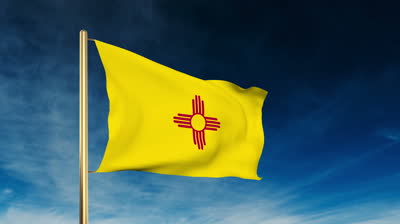 |
| Kings Pool - Restored Spring at Ash Meadows |
If I had a shot of whiskey for every time in the last few months, the months we've been traveling out west, when someone told me, "Whiskey is for drinking, and water is for fighting over" I'd have been drunk half the time.
And while it's a foreign concept back East, it does appear that water out west is for "fighting over." It's certainly something I've been thinking a lot about, pretty much ever since we crossed the Missouri River in South Dakota. Not so much the fighting, or the whiskey, but the water.
From July through October it was all about the drought. And while folks seemed less than happy when rain was in the forecast, they mostly talked about snow pack. Water out west, generally doesn't
 |
| Irrigation Control Gate |
come from the sky, it comes from the ground and from rivers. The rivers and aquafer get charged by the winter snows high in the mountains. Up and down the west coast, from the Cascades of Oregon through the Sierra's of California, there hadn't been much if any snow for the last two winters. Lakes were low, rivers only a trickle. People were arguing about where they should get more water. Could they dig deeper wells? What about cutting back on the dam releases? Sure the Salmon might die but the crops would be watered...and so on.
Meanwhile the concept of water conservation seems total foreign. Farmers and ranchers are irrigating crops mid-day, spraying the precious water into the air, half of which evaporates in the dry air before reaching even plant leaves, let alone the roots. Where they don't spray they rely on the ancient and inefficient practice of flood irrigation. Cheap to install and maintain, but highly inefficient water use. The town aren't much better. Desert dwellers water suburban lawns, have no idea of what a low flush toilet even looks like, refill their pools daily and don't own covers that would cut down on evaporative loss.
On the Eastern side of the Sierras, in the Owens valley, 120 miles from Los Angeles we learned more and more about the ecological devastation caused by the Los Angeles water grab. It was a hard, sad read but "Cadillac Desert" lays out the story of how water from the Sierra's, the Colorado River, etc has all been diverted from their original courses and sent on to agriculture and far away cities like Los Angeles and Phoenix. From looking out the car window we could also see how so much of that
water was just wasted. It was a drought, but more than half of the water was still just wasted! Sometimes I needed that whiskey just to calm down.
 |
| The Endemic Ash Meadows Sunray |
And then, in October, we came to Ash Meadows, walked into the bathroom and read an Edward Abbey quote on the wall:
"There is no shortage of water in the desert but exactly the right amount , a perfect ratio of water to rock, water to sand, insuring that wide free open, generous spacing among plants and animals, homes and towns and cities, which makes the arid West so different from any other part of the nation. There is no lack of water here unless you try to establish a city where no city should be."
Hayduke rides again! After living at Ash Meadows for two and a half months, western water issues are even more obvious - and even more worth fighting over. Ash Meadows is a wildlife refuge located along the Amargosa River watershed, and on top of miles-long faults. It was created in the mid 1980's to save the very special ecosystem created by water in the desert. The result is 50 natural, mostly warm springs pumping out 11,000 gallons of water per minute. 50 little oasis-es and their resultant outflow streams. Along with the endemic and endangered pupfish there are 27 endemic species, plants and animals found nowhere else in the world. All in the Mohave desert. Ash Meadows is really all about water.
 |
What could have been - this alone makes
me want to drink |
But not everyone is thrilled about the refuge or its "waste" of water. Locals resent the loss of 20 farm jobs, and/or the lost income from a potential housing development. There have been and continue to be campaigns against the refuge (and other wildlife refuges, national forests, national parks, etc). A "Kill the Pupfish" bumpersticker was produced - by the local town commissioner. Like the spotted owl for the lumber industry, the pupfish are the anti-symbol of agri-business. The feeling seems to be, if there's water here, people have the right to use/waste it. To hell with the species that have occupied the land for the past thousands of years, to hell with biological diversity.
Living at Ash Meadows, and being out West have changed all that for me. If some says that the need to pump all the water out of the springs for a few jobs, the ability to flood the desert or spray water into the air and grow some crop that would more economically be raised elsewhere is greater than the need to set aside precious acres in order to let special, endemic species live and to allow people from all over to world to enjoy the beauty of the springs and appreciate the diversity of the unique environment, not to mention giving those rare and endemic species a safe place to thrive. Then I say - pass the whiskey, them's fighting words.









